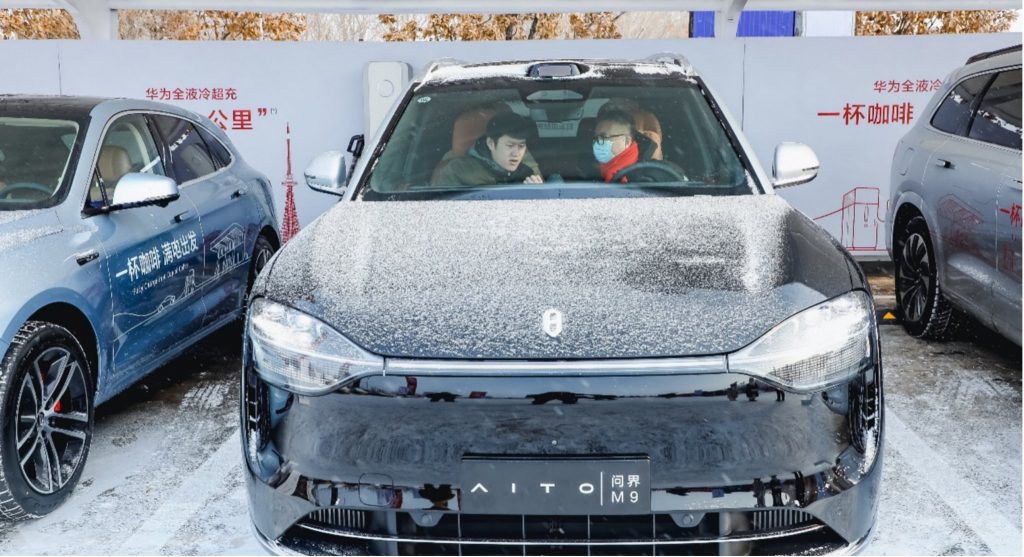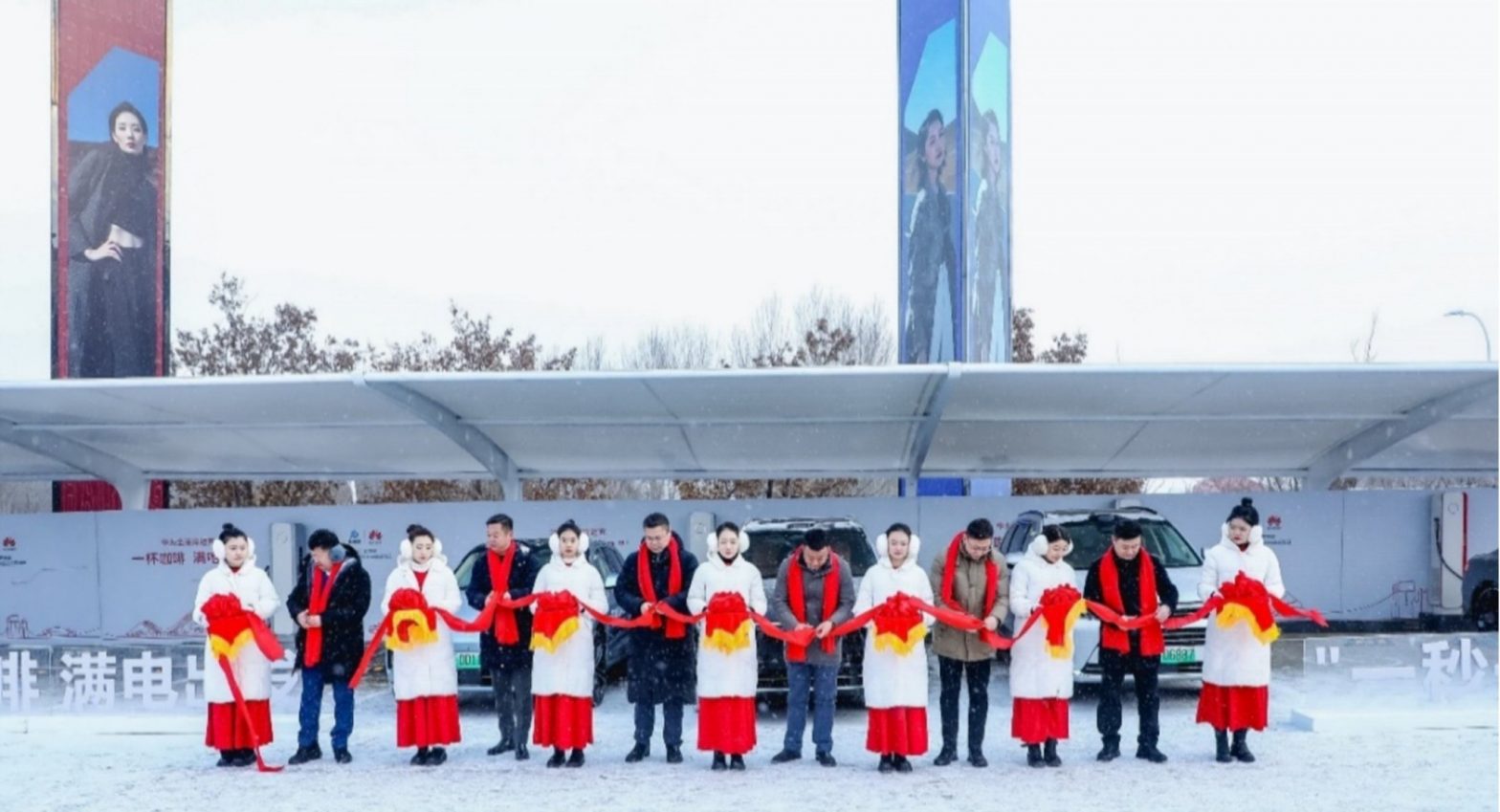❄️#Huawei overcomes the performance loss experienced at charging stations in winter with its new DC unit with liquid-cooled silicon carbide power modules.
🟢Huawei opened a station in Harbin, China, in -30 celcius cold weather. The company says that the station has a total of 12 units, two with 600 kW and 10 with 250 kW power, that can operate at full performance even in these weather conditions.
🔌Traditional charging units cool the interior of the cabin by creating air circulation with the help of one or more fans when they heat up. However, at temperatures as low as -30 celcius, cold air filling the cabin affects both the performance and the life of the station.

💧Switching to a liquid cooling system instead of fan cooling, Huawei not only provides more controlled cooling with the new generation units. It will install more than 100,000 units together with its business partners (Zeekr, Chery, Aito, etc.) this year. The company also claims that it can extend the DC unit life to over 15 years.
⚠️ One of the most critical issues in charging stations is thermal management. Stations currently sold with a fan cooling system experience a loss of performance at high or low temperatures and also cause the charging speed to decrease. Moreover, the renewal time of the station is much shorter. The fact that charging investors in Europe and China prefer units with a relatively longer useful life increases the importance of new cooling systems.

